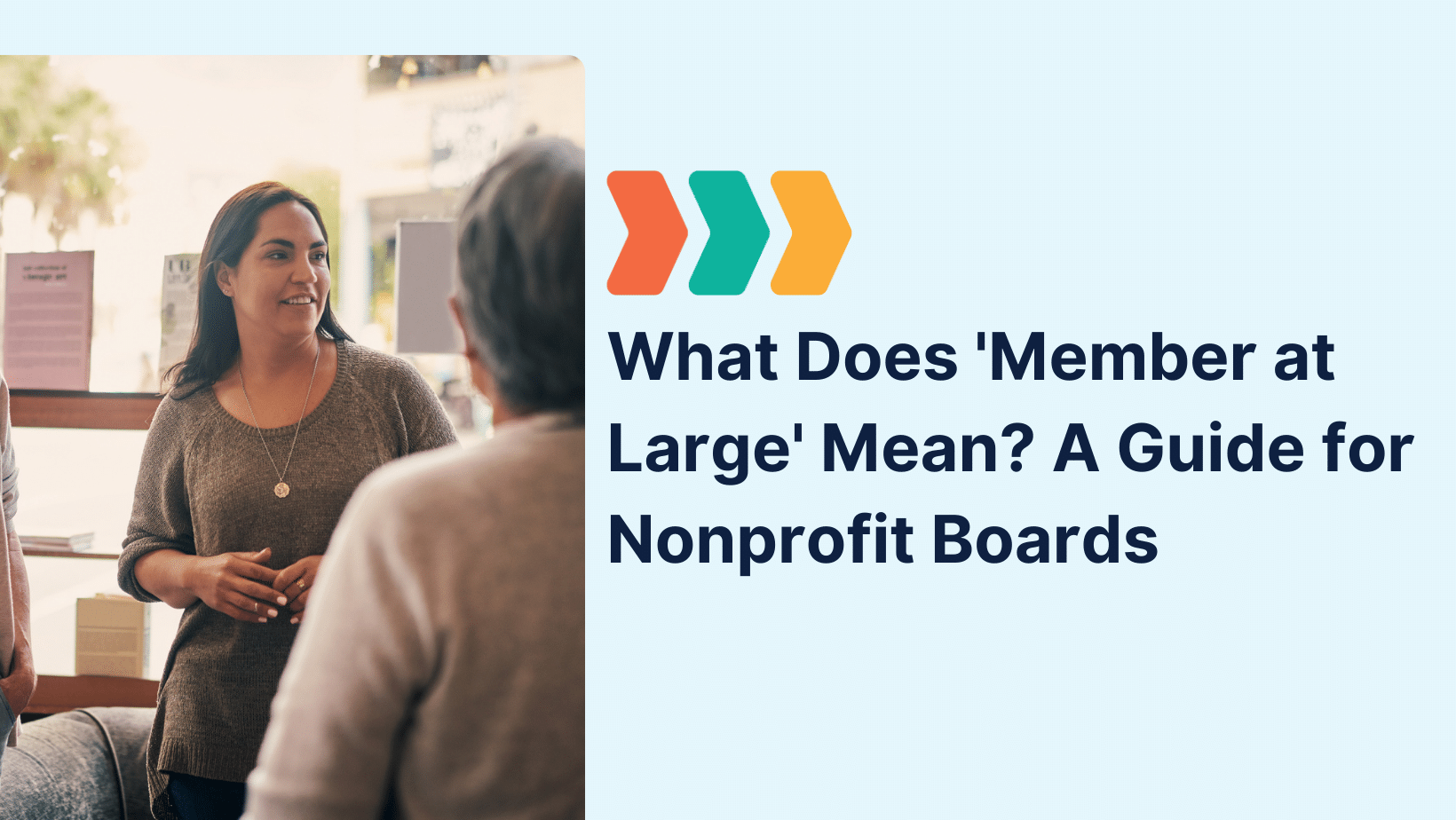
Blogs
Board Governance Resources

Blogs
Board Governance Resources
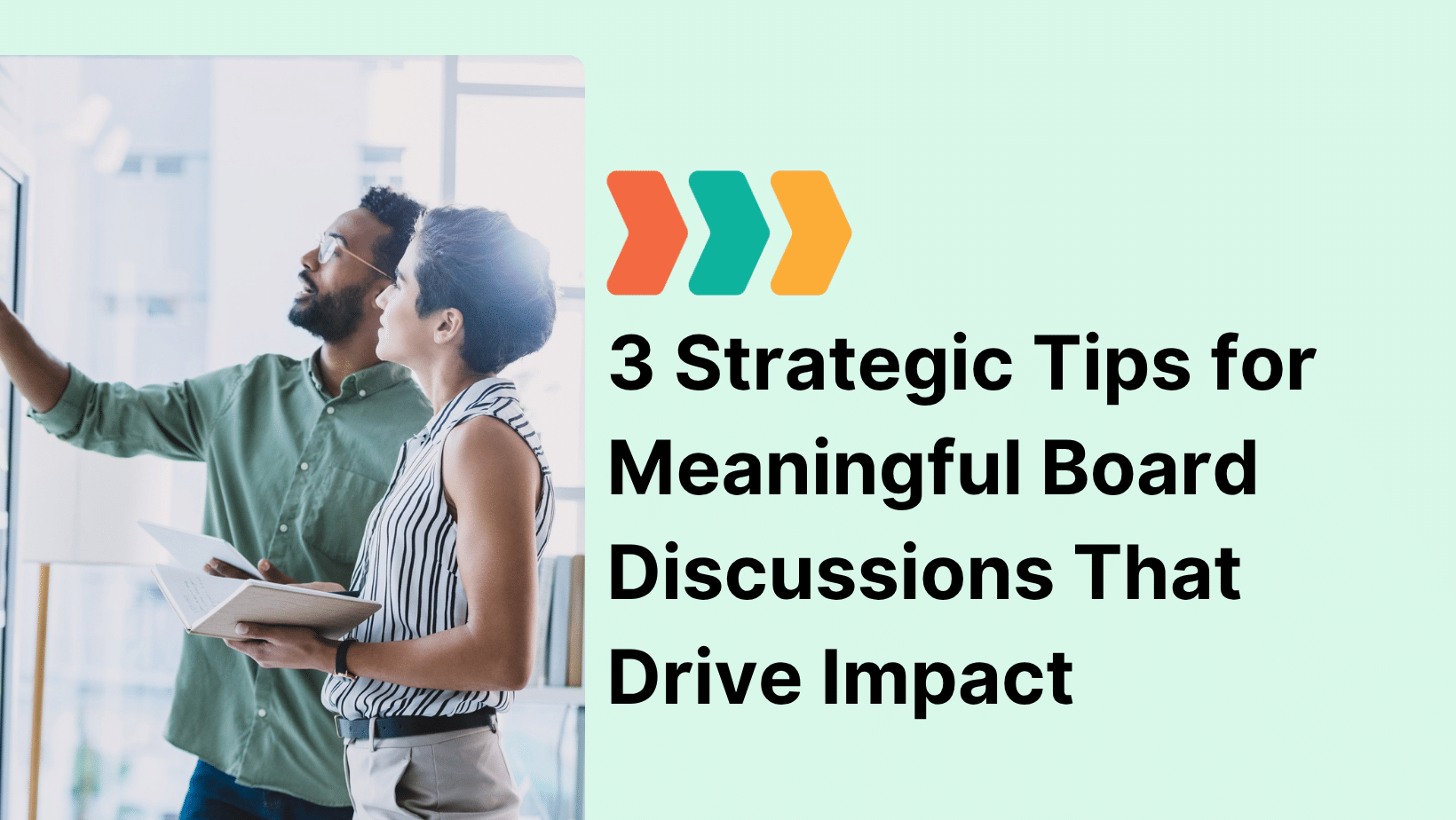
Blogs
Board & Committee Meeting Resources
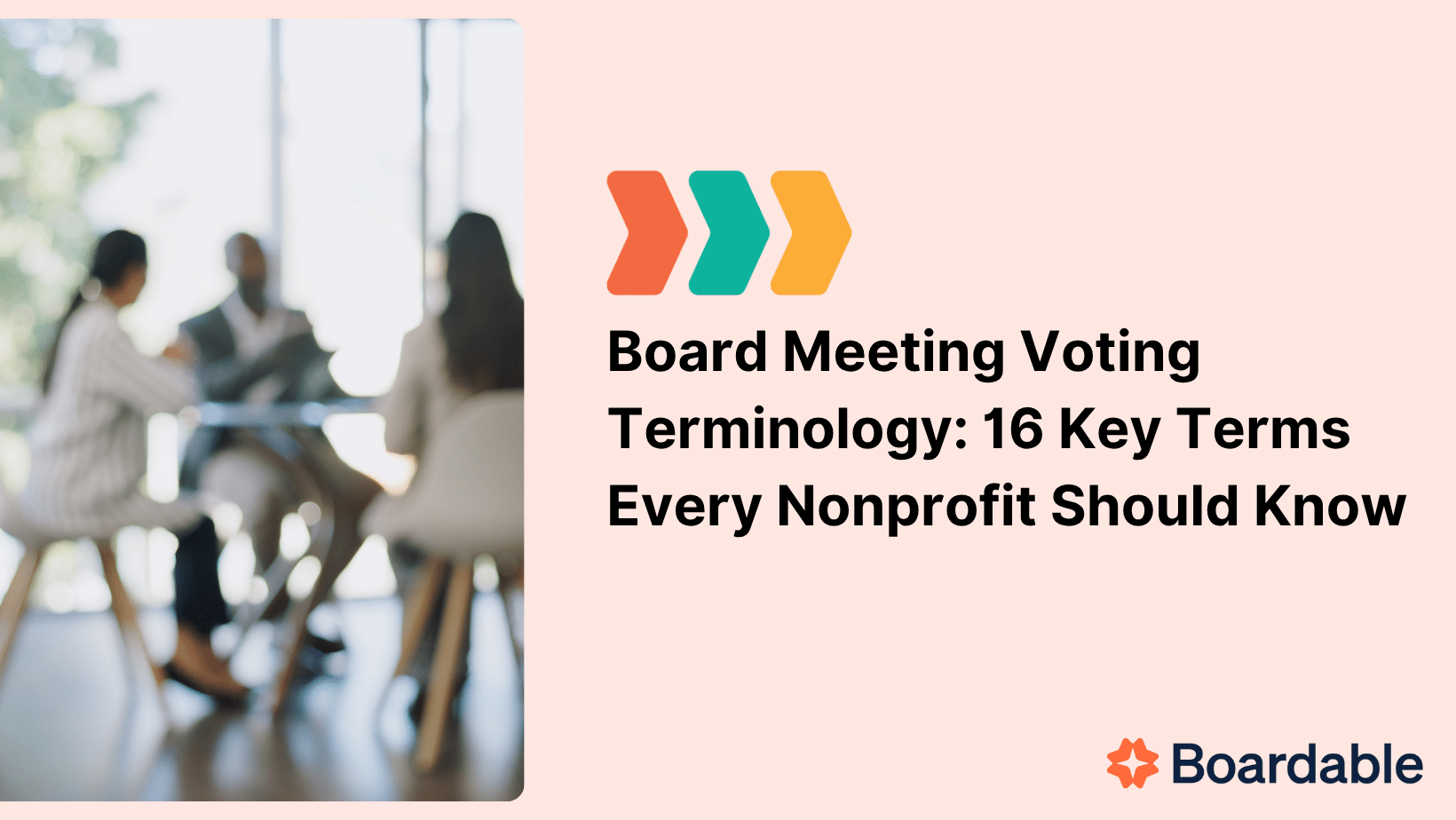
Blogs
Board Governance Resources
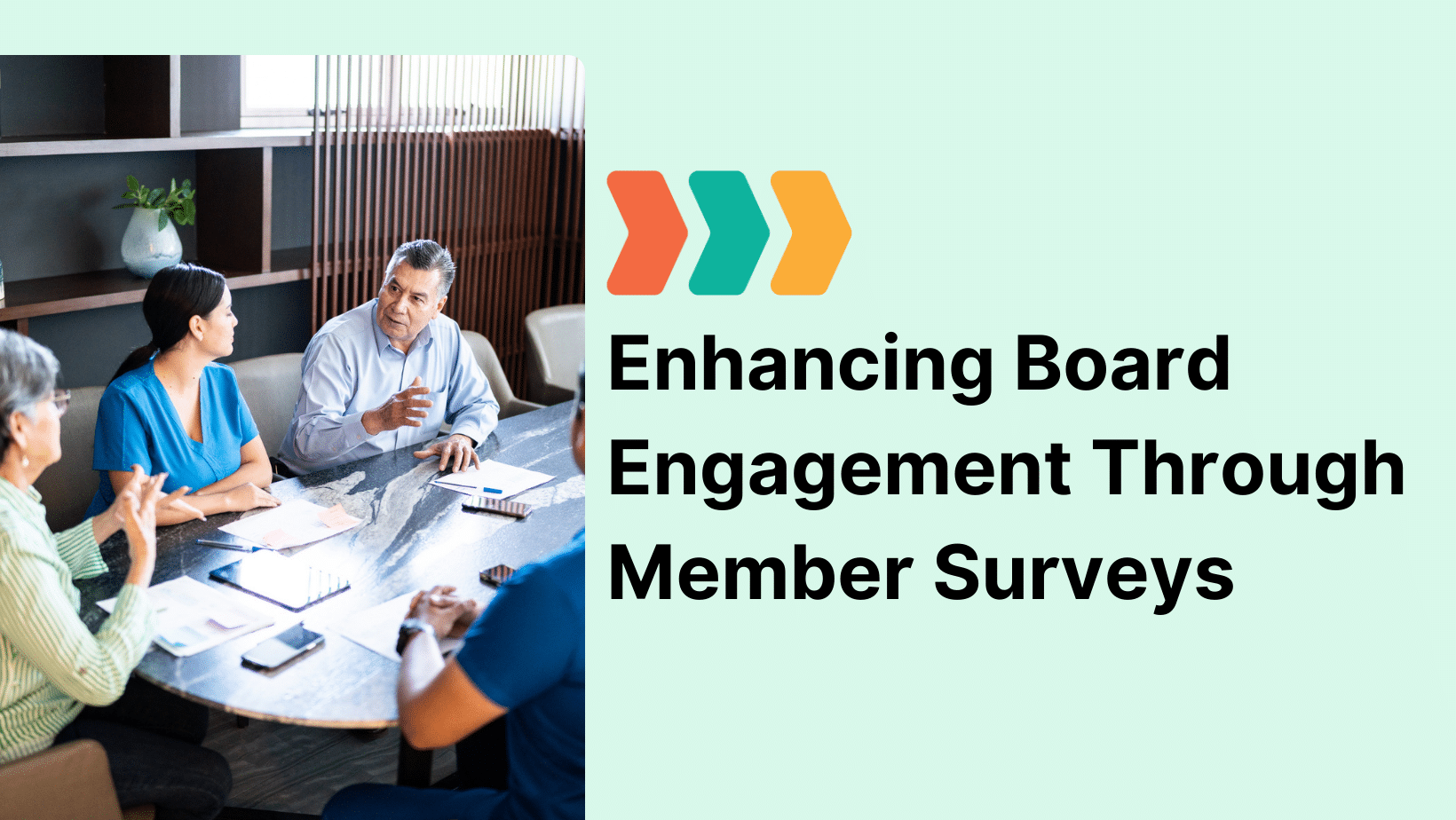
Blogs
Board Engagement Resources
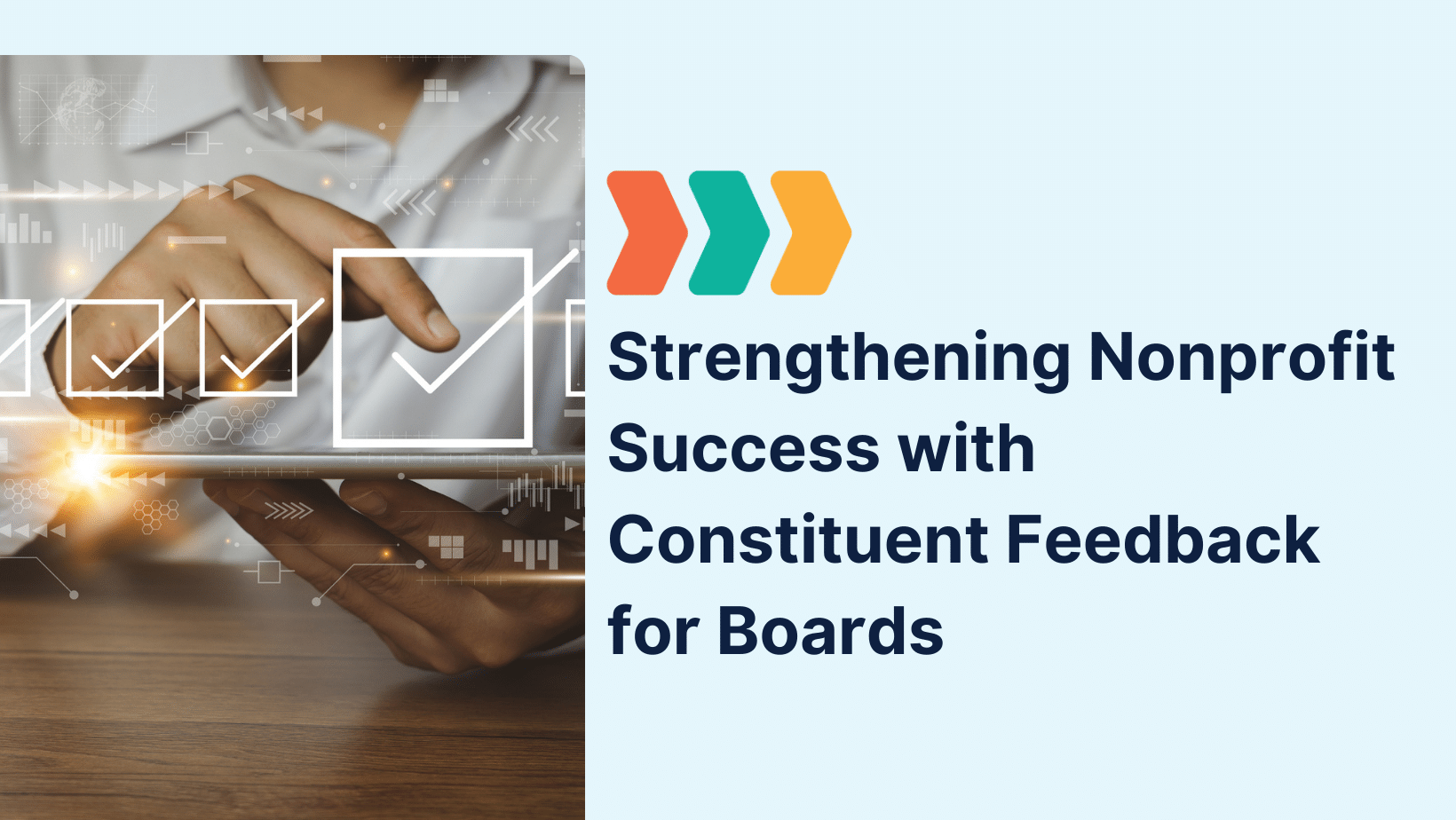
Blogs
Board Engagement Resources
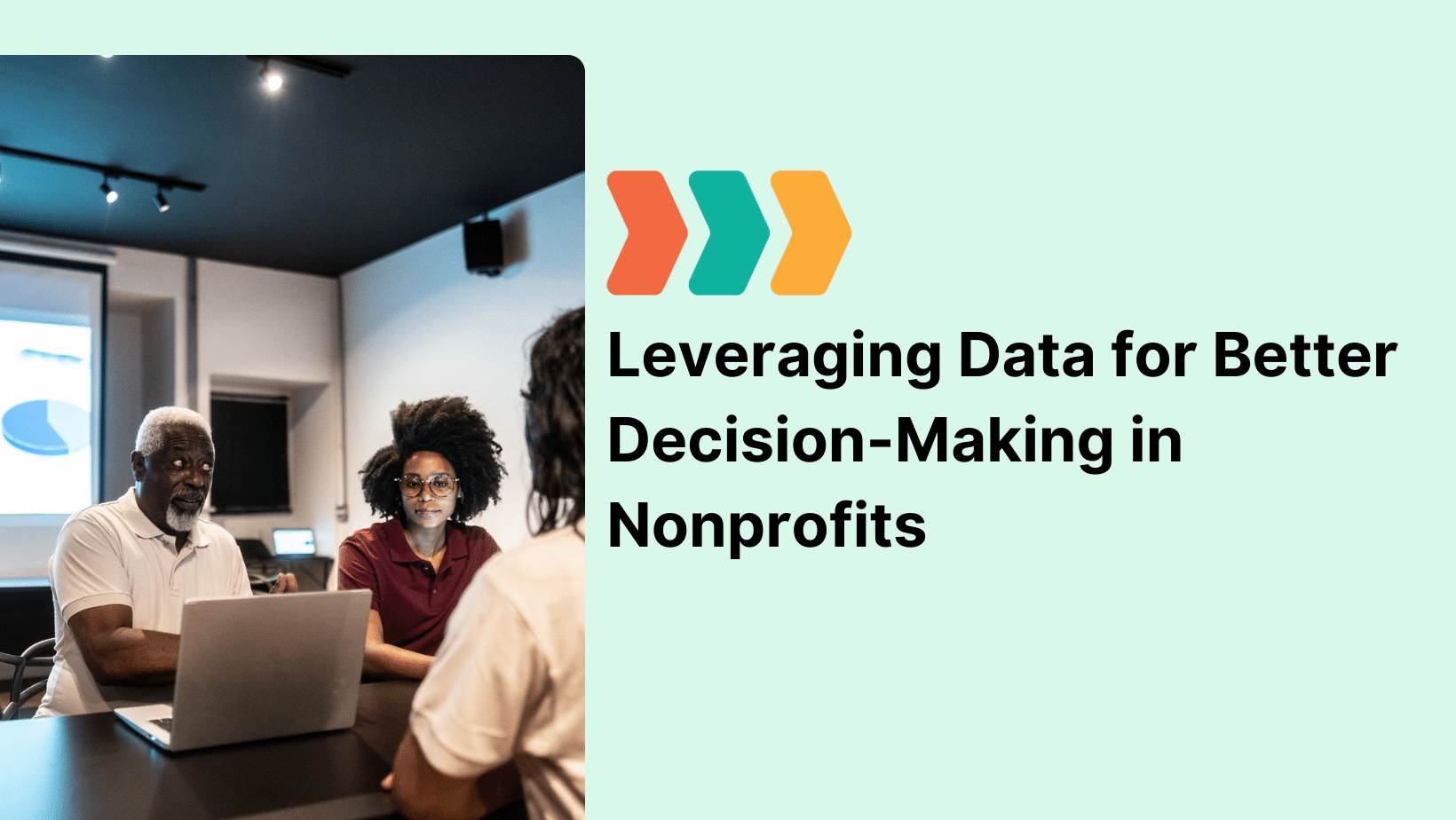
Blogs
Board Governance Resources
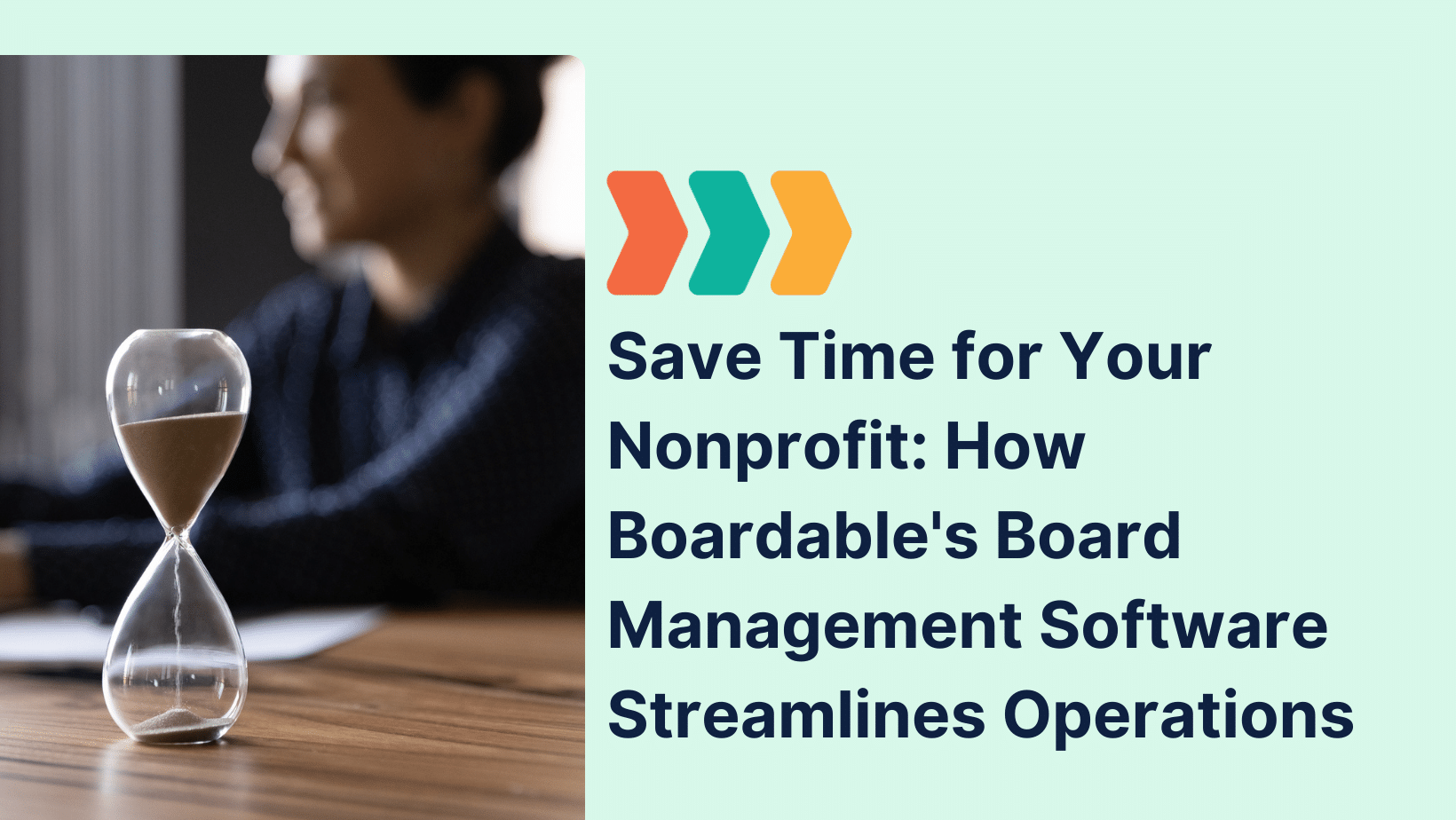
Blogs
Board Governance Resources

Case Studies
Board Governance Resources
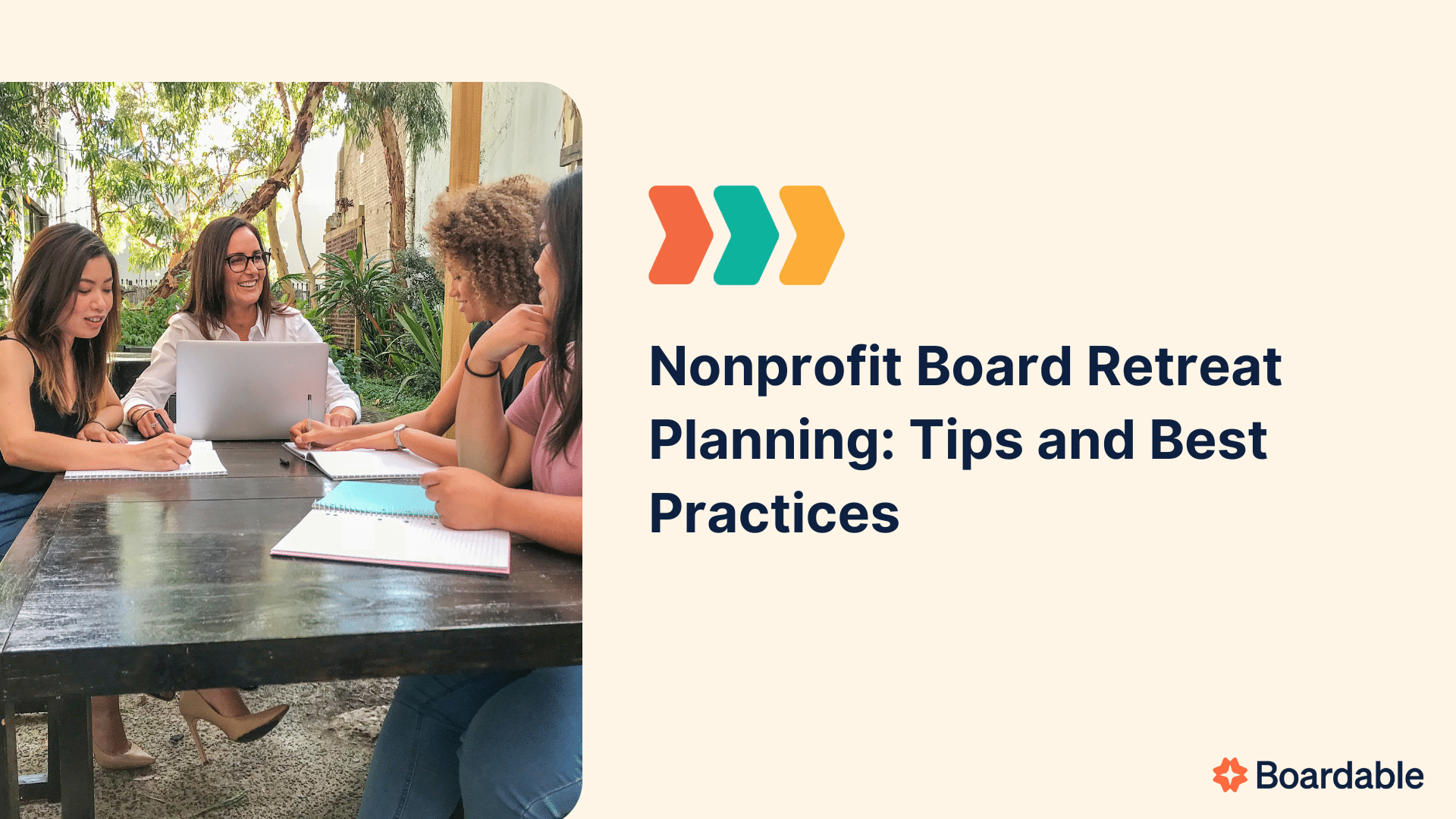
Blogs
Board & Committee Meeting Resources
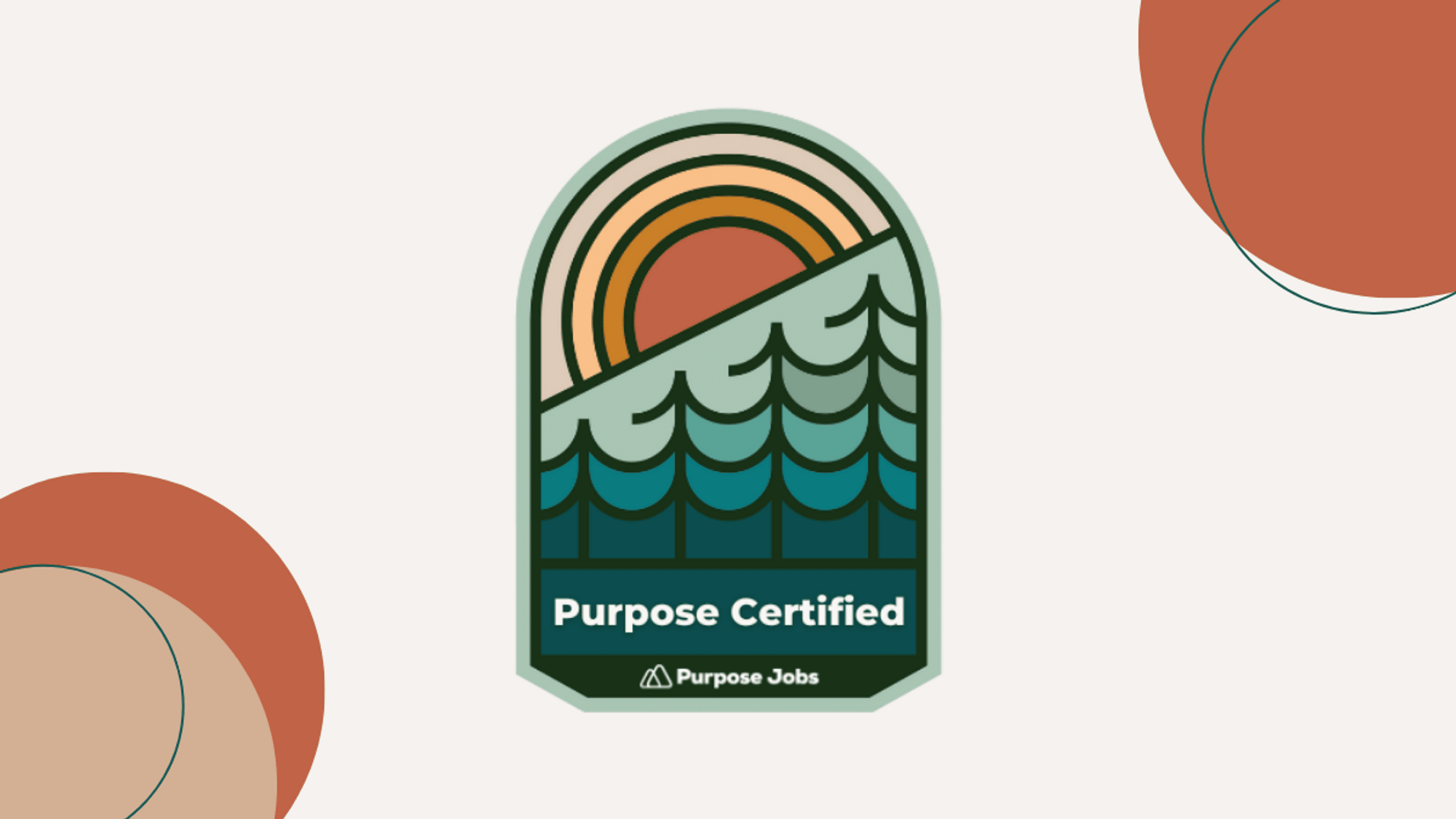
Blogs
Talent & Culture
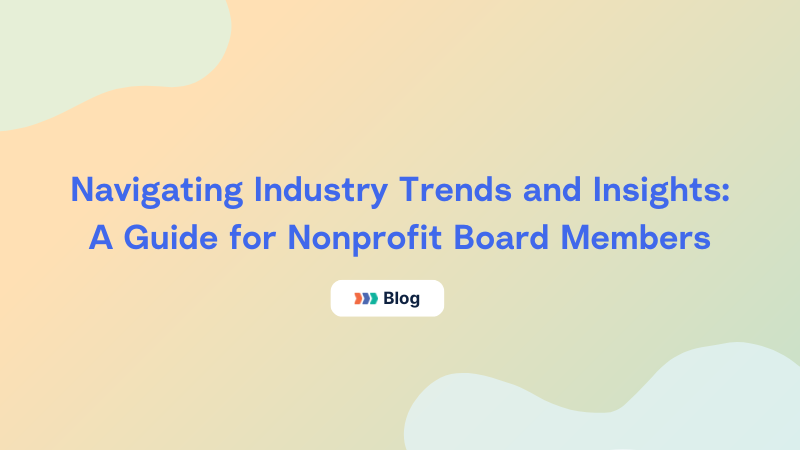
Blogs
Board Governance Resources
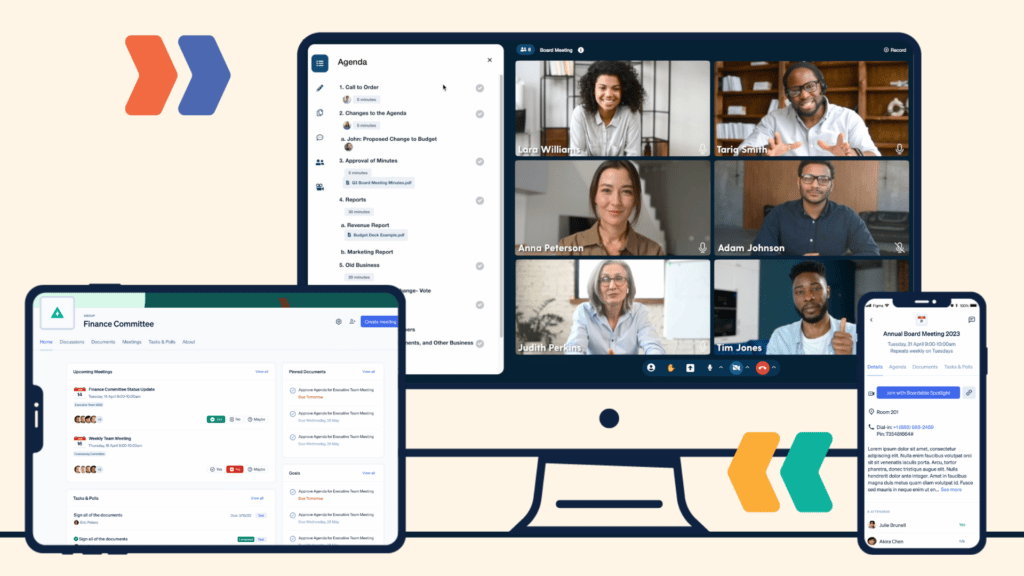
Interested in knowing all there is to know about a specific subject? Browse through our latest features to get well-versed on how to run your board the best.
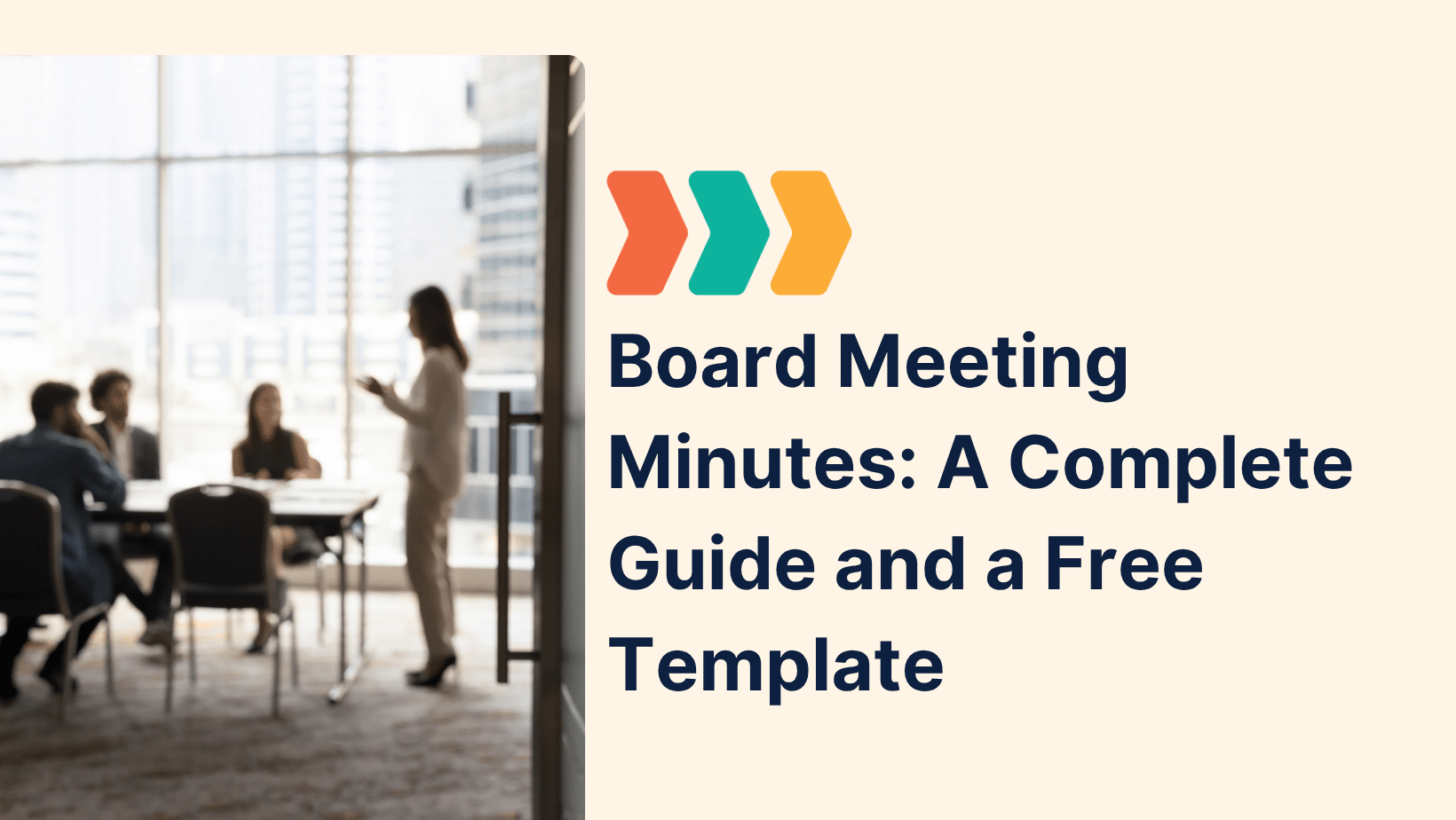
Blogs
Agendas, Minutes, & Record Keeping Resources
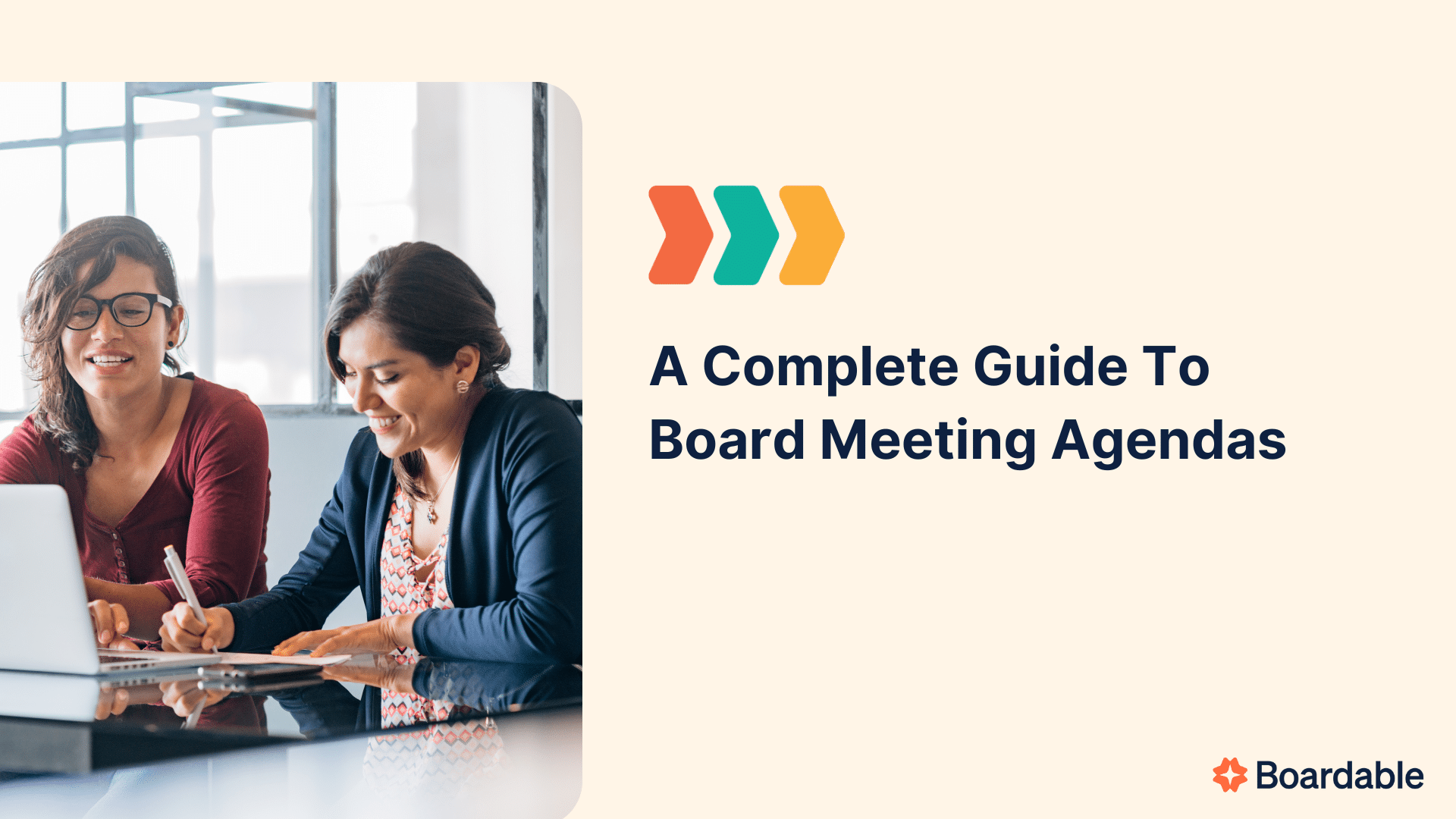
Blogs
Agendas, Minutes, & Record Keeping Resources
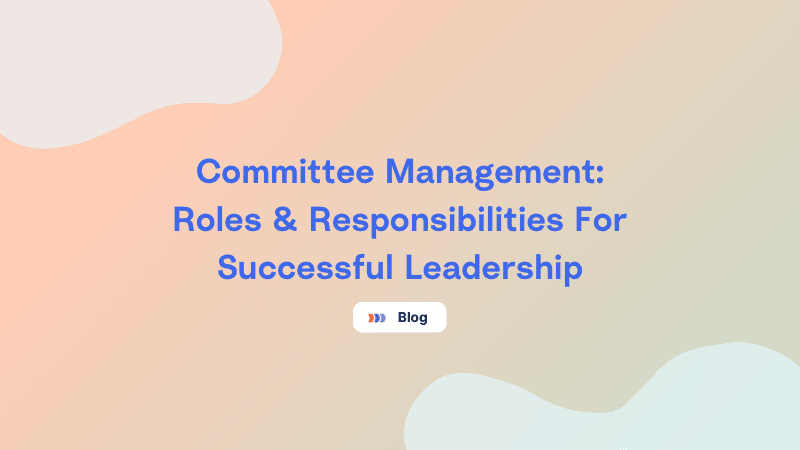
Blogs
Board Roles & Responsibilities Resources
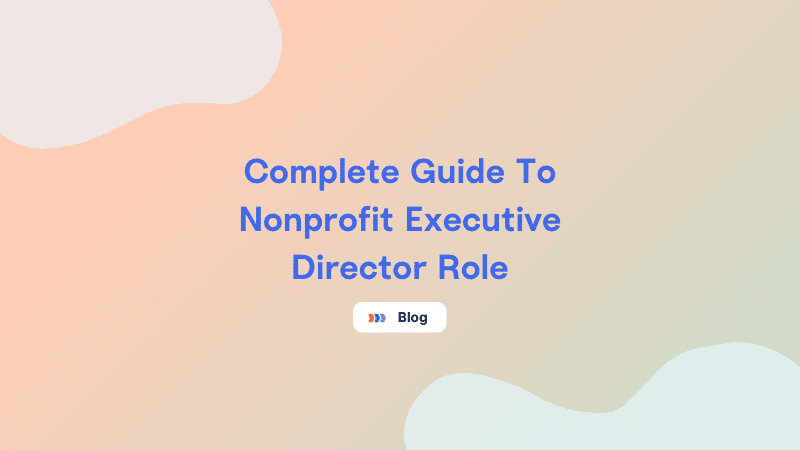
Blogs
Board Roles & Responsibilities Resources
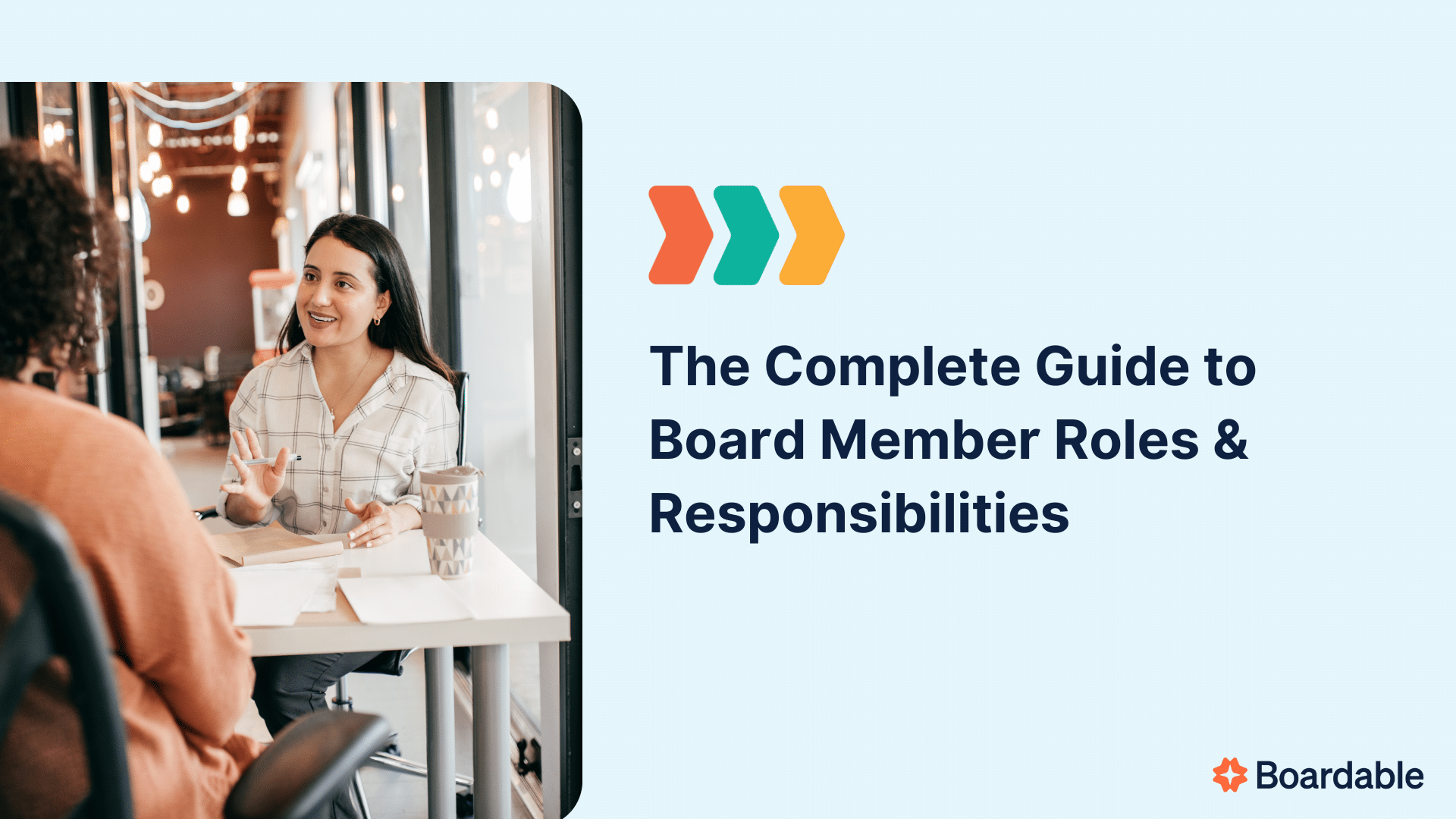
Blogs
Board Roles & Responsibilities Resources
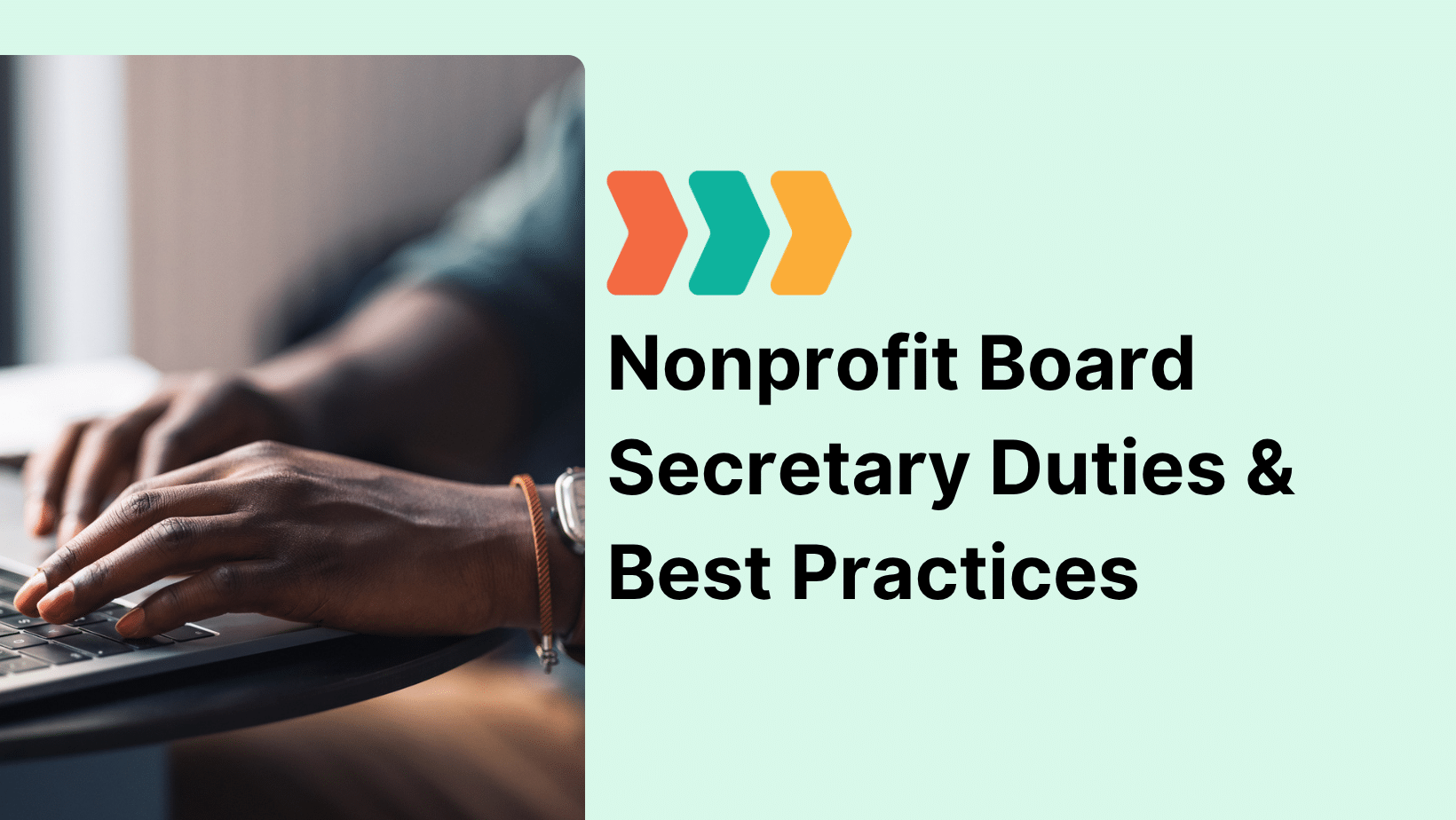
Blogs
Board Roles & Responsibilities Resources
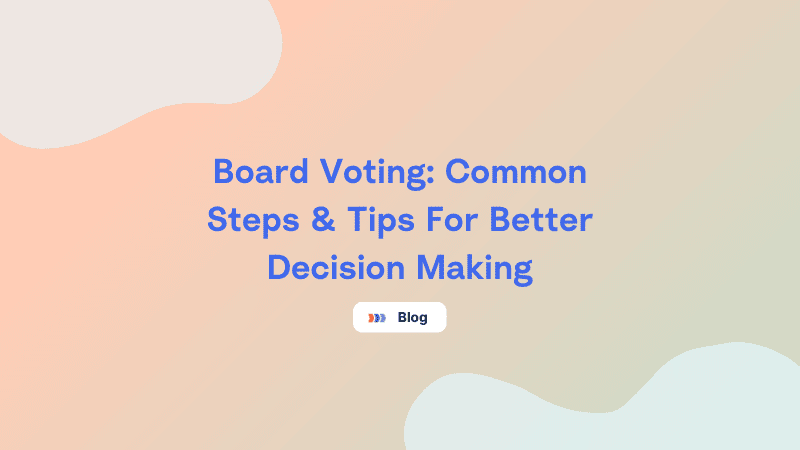
Blogs
Board Governance Resources